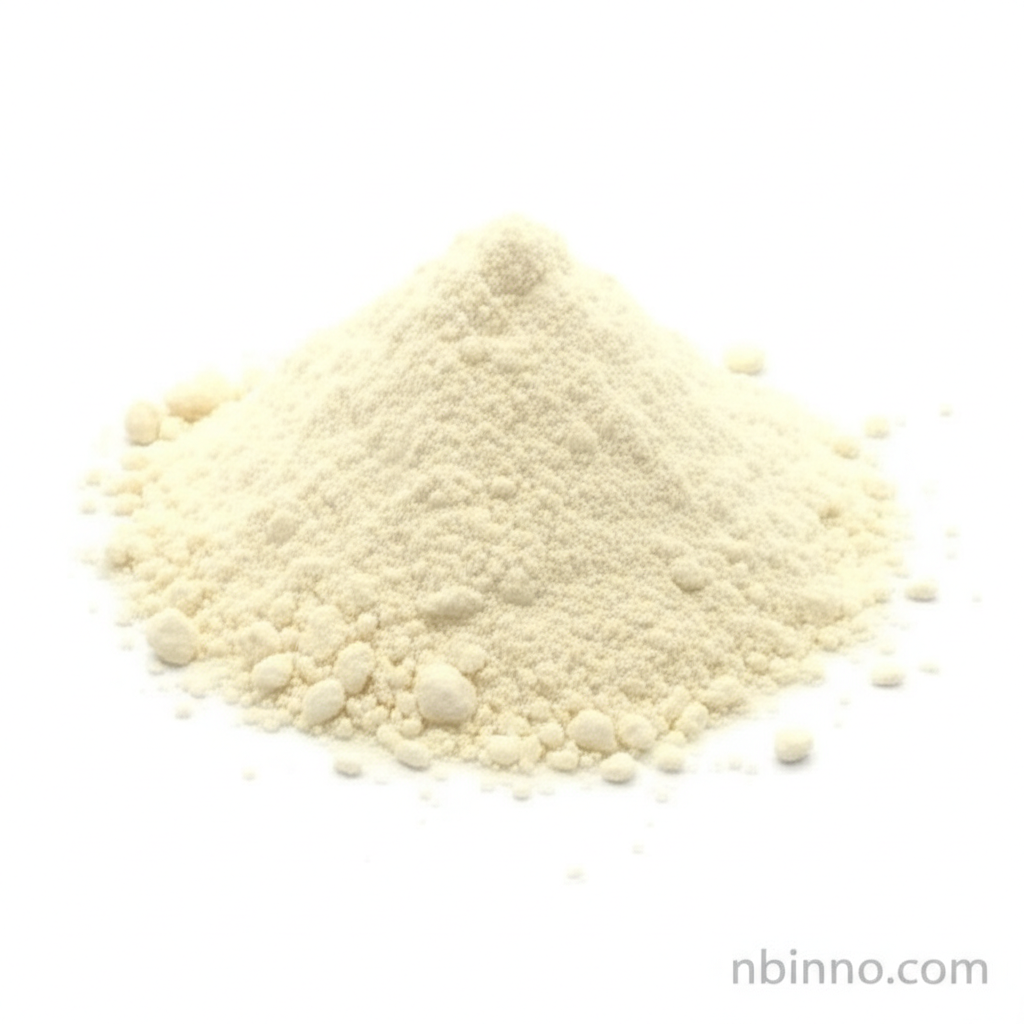Benzohydroxamic Acid (CAS 495-18-1): Properties, Applications, and Supplier Information
Discover the essential details of Benzohydroxamic Acid, a versatile fine chemical for your diverse chemical synthesis and analytical needs. Explore its applications and find reliable suppliers.
Get a Quote & SampleProduct Core Value

Benzohydroxamic acid
As a leading supplier in China, we provide high-quality Benzohydroxamic acid (CAS 495-18-1), a crucial compound for various industrial and research applications. Our product adheres to strict quality standards, ensuring reliable performance in your processes.
- Explore Benzohydroxamic acid synthesis for novel chemical compounds and advanced materials.
- Leverage Benzohydroxamic acid applications in analytical chemistry for precise vanadium determination.
- Utilize this fine chemical as a potential pharmaceutical intermediate with antibacterial properties.
- Source CAS 495-18-1 efficiently from reputable manufacturers in China.
Key Advantages
Versatile Chemical Properties
Benzohydroxamic acid offers a unique chemical structure suitable for a wide range of synthetic pathways, making it an invaluable component for complex organic synthesis.
Analytical Precision
Its ability to form mixed-ligand chelates enables the accurate photometric determination of trace elements, contributing to quality control in various industries.
Pharmaceutical Potential
Investigate the antibacterial activity of Benzohydroxamic acid and its derivatives, positioning it as a valuable intermediate in drug discovery and development.
Key Applications
Organic Synthesis
Benzohydroxamic acid is a key building block for creating complex organic molecules, including pharmaceuticals and specialty chemicals, contributing to diverse benzisoxazolone synthesis.
Analytical Chemistry
Used in photometric methods for trace analysis, particularly for vanadium in alloy steels, ensuring accuracy in material science and industrial testing.
Pharmaceutical Research
Explored for its antibacterial properties and potential use in developing new treatments, aligning with the growing demand for novel pharmaceutical intermediates.
Material Science
Its derivatives can be synthesized to create novel complexes with potential applications in various material science fields, expanding beyond traditional uses.
